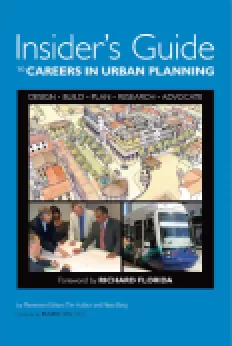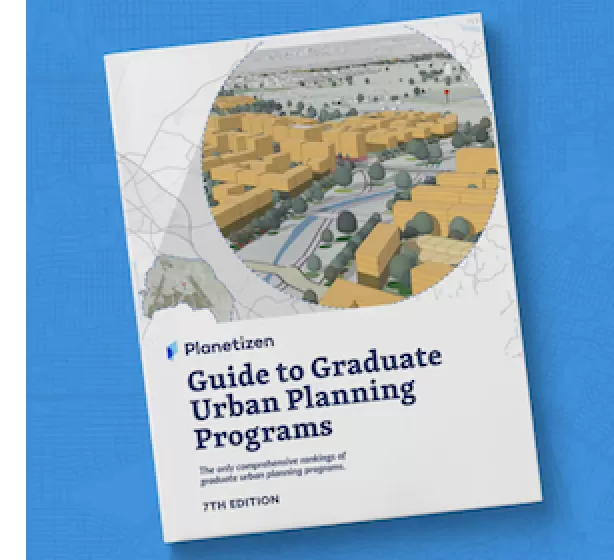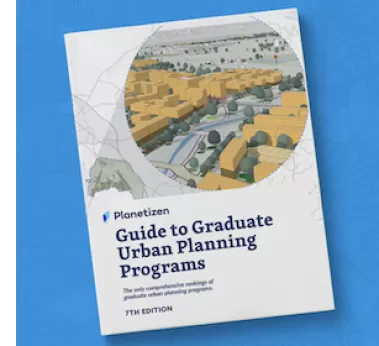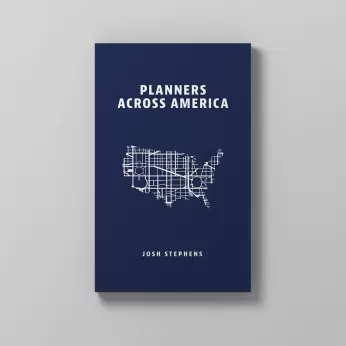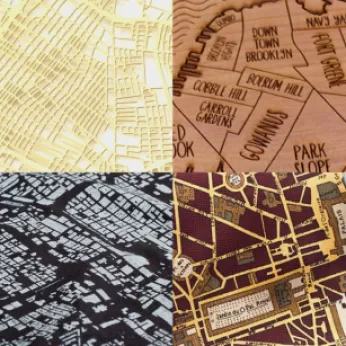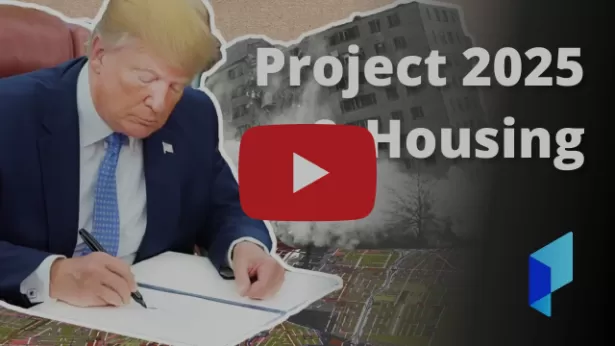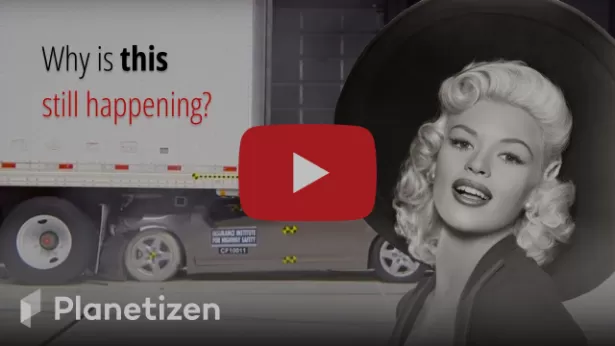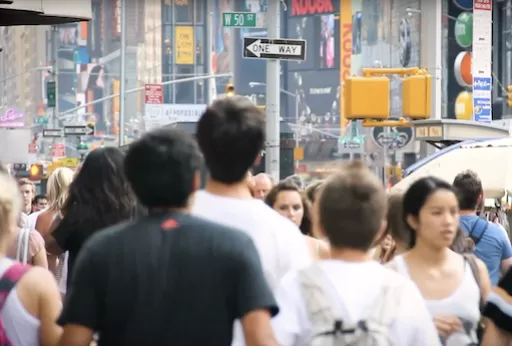Locating residential development closer to city centers comes with a price: increased exposure to air pollutants.
Locating residential development closer to city centers comes with a price: increased exposure to air pollutants. The big irony is that much of this air pollution is vehicle-related -- resulting from our intractable framework of sprawl and auto dependence. Urban residents, who are more likely to walk or take public transit, therefore bear the brunt of suburbanites' SUV lifestyle.
A number of recent studies have confirmed the health risks of living near freeways and busy roads. Within a quarter mile of downtown Portland's freeway corridors, carcinogenic pollution levels measured 100 times higher than state safety standards. These areas have seen a boom in smart growth housing in the last few years. In another study, USC researchers found that children living near Los Angeles freeways suffer from impaired lung development, leading to lifelong respiratory disorders. A third investigation, which followed pregnant women in Bronx, NY, linked vehicle emissions to fetal damage and childhood cancers. It's becoming clear that pollution risks go far beyond ambient regional air quality. They are highly localized, varying at the neighborhood level and even smaller.
Is this a reason to abandon smart growth and head for the hills? That would be a big step backwards, as more sprawl would simply lead to a further increase in vehicle miles traveled. Fleeing the problem is also no way to solve it. Now that wealthier communities are getting a taste of environmental justice, they are coming face-to-face with the grim reality of our fossil fuel based economy. Perhaps that alone will help to accelerate changes to our energy and transportation systems.
In the meantime, planners will need to carefully consider air quality when exploring new residential projects. There is no good reason to build up against a freeway when urban neighborhoods with more diffused traffic exist, even if these alternative locations require construction at smaller scales. Buffering residential areas with parkland would also help. Most importantly, new developments should be part of the solution (walkable and transit oriented) rather than part of the problem (autocentric malls and condominiums).

Planetizen Federal Action Tracker
A weekly monitor of how Trump’s orders and actions are impacting planners and planning in America.

Chicago’s Ghost Rails
Just beneath the surface of the modern city lie the remnants of its expansive early 20th-century streetcar system.

Amtrak Cutting Jobs, Funding to High-Speed Rail
The agency plans to cut 10 percent of its workforce and has confirmed it will not fund new high-speed rail projects.

Ohio Forces Data Centers to Prepay for Power
Utilities are calling on states to hold data center operators responsible for new energy demands to prevent leaving consumers on the hook for their bills.

MARTA CEO Steps Down Amid Citizenship Concerns
MARTA’s board announced Thursday that its chief, who is from Canada, is resigning due to questions about his immigration status.

Silicon Valley ‘Bike Superhighway’ Awarded $14M State Grant
A Caltrans grant brings the 10-mile Central Bikeway project connecting Santa Clara and East San Jose closer to fruition.
Urban Design for Planners 1: Software Tools
This six-course series explores essential urban design concepts using open source software and equips planners with the tools they need to participate fully in the urban design process.
Planning for Universal Design
Learn the tools for implementing Universal Design in planning regulations.
Caltrans
City of Fort Worth
Mpact (founded as Rail~Volution)
City of Camden Redevelopment Agency
City of Astoria
City of Portland
City of Laramie








